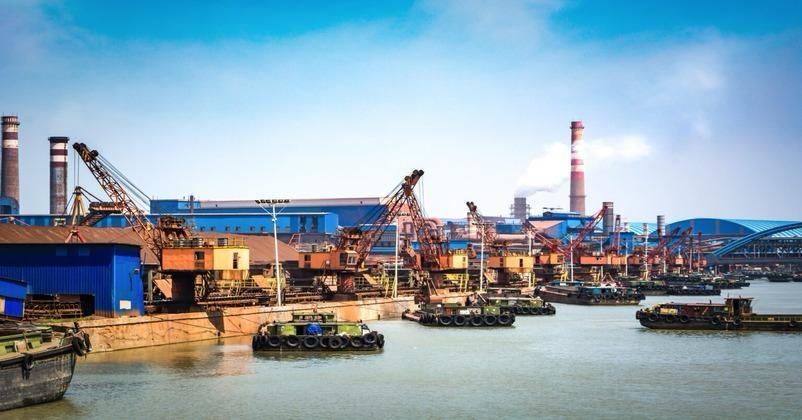INDIA’S SHIPBUILDING AMBITIONS NOW HAVE WIND IN THEIR SAILS
Total Views |

India has never lacked a coastline. What it lacked, until recently, was a shipbuilding strategy that could match its maritime potential.
That’s changing.
Over the past few months, the shipbuilding sector has received some of the strongest signals of support yet from the Union Government. The 2025 Union Budget, coupled with targeted policy reforms, is not only addressing long-standing bottlenecks but also paving the way for a more competitive, self-reliant, and future-ready industry.
This is not happening in isolation. Prime Minister Narendra Modi has repeatedly underlined the role of a strong maritime sector in India’s journey toward becoming a developed nation by 2047. Under the broader Maritime India Vision 2030 and the Amrit Kaal roadmap, shipbuilding is now being treated not just as a niche industry, but as a national priority.
One of the most significant recent interventions is the proposed ₹25,000 crore Maritime Development Fund. With up to 49% government contribution, this fund is designed to unlock private and port-led investment in shipbuilding and ship repair infrastructure. For a sector that has traditionally struggled with long gestation cycles and limited capital access, this is a game-changer.
Cost competitiveness is another long-standing hurdle. Indian shipyards have faced steep disadvantages when compared to global peers. To tackle this, the Shipbuilding Financial Assistance Policy is being revamped. Credit notes for ship recycling, the inclusion of large ships in the Infrastructure Harmonised Master List, and extended customs duty exemptions on raw materials — all point to a comprehensive, well-thought-out approach.
Equally important is the government’s push to create integrated shipbuilding clusters. These will combine manufacturing infrastructure with skilling centres and R&D support. For a labour-intensive sector like shipbuilding, this can have a multiplier effect on both employment and output.
The momentum is visible on the ground too. Cochin Shipyard Limited recently inaugurated a ₹970 crore International Ship Repair Facility in Kochi. This not only reduces India’s dependence on foreign dry docks, but also positions the country as a regional hub for maintenance and overhaul.
Public procurement policies are also being aligned to boost domestic orders. Indian shipbuilders now enjoy the Right of First Refusal for public sector tenders, and vessels valued under ₹200 crore must be sourced from Indian yards as per the Make in India preference order. These measures, though administrative in nature, send a powerful signal: Indian yards will be backed.
There’s also a growing effort to standardise quality. Major ports have been given five standardised tug designs to procure, all to be built exclusively in Indian shipyards. Over time, this will not only bring down costs but also raise design and production efficiencies.
In all this, the role of youth and talent has not been ignored. Institutions like Mazagon Dock and Cochin Shipyard are now part of the Prime Minister’s Internship Scheme, offering hands-on exposure to the next generation of marine engineers.
Of course, challenges remain. Building world-class ships at scale will require not just policy support but also international collaboration, tech partnerships, and export incentives. But what’s different today is that India is finally laying the bricks for a full-spectrum shipbuilding ecosystem, from financing to fabrication, from repair to recycling.
Union Minister Sarbananda Sonowal has rightly called this a “transformational shift.” And it is. Because shipbuilding isn’t just about making vessels. It’s about creating an industrial base, enabling maritime sovereignty, and fueling blue economy jobs.
The real test now lies in execution. Fortunately, the next big platform to showcase progress is already on the horizon.
The India Maritime Week, scheduled for October 2025 in Mumbai, will bring together shipbuilders, port authorities, investors, policymakers, and global partners. If the momentum of the past few months is anything to go by, India has plenty to show. And much more to build.
This time, we must not let the tide go unanswered.

